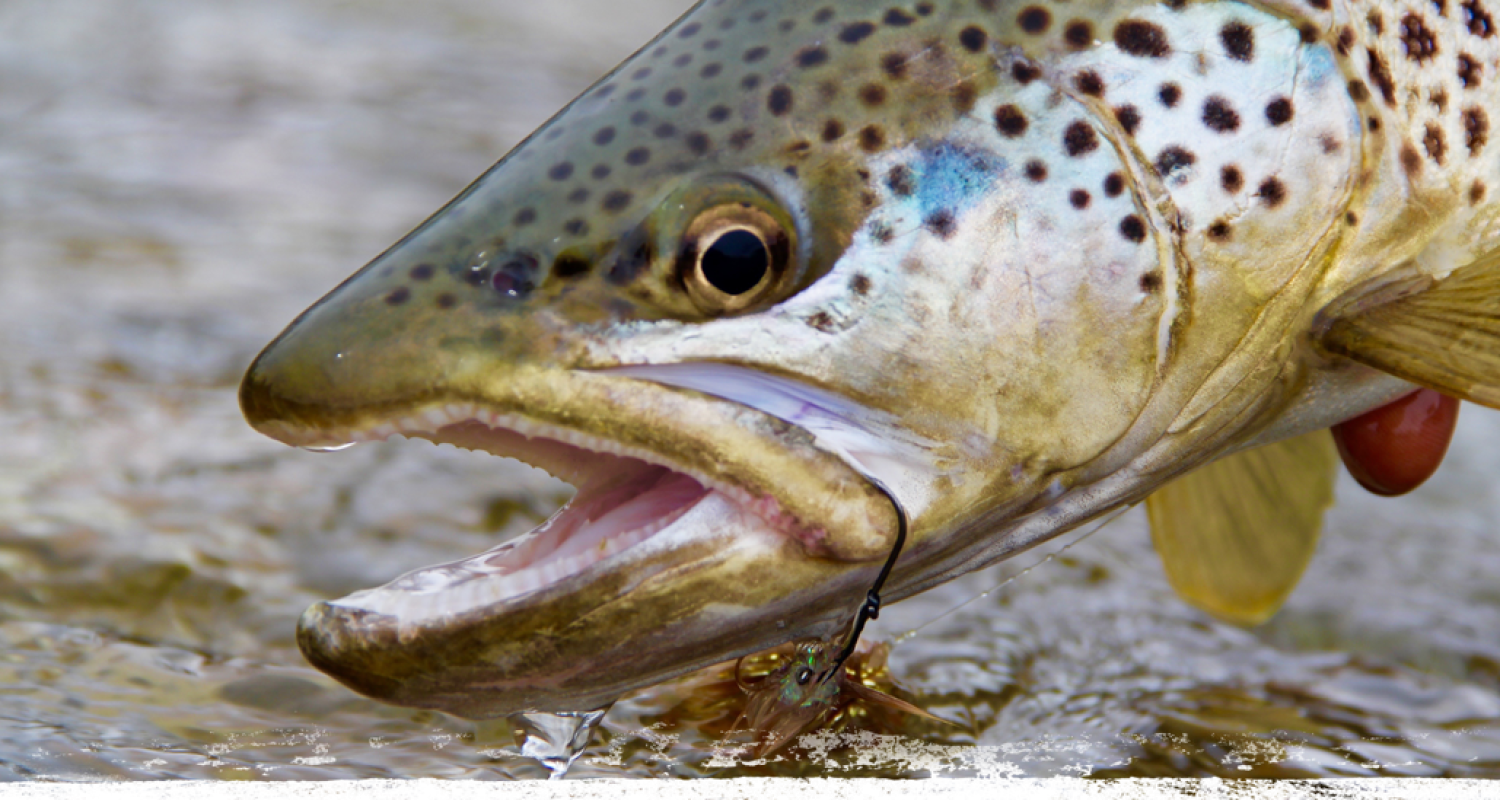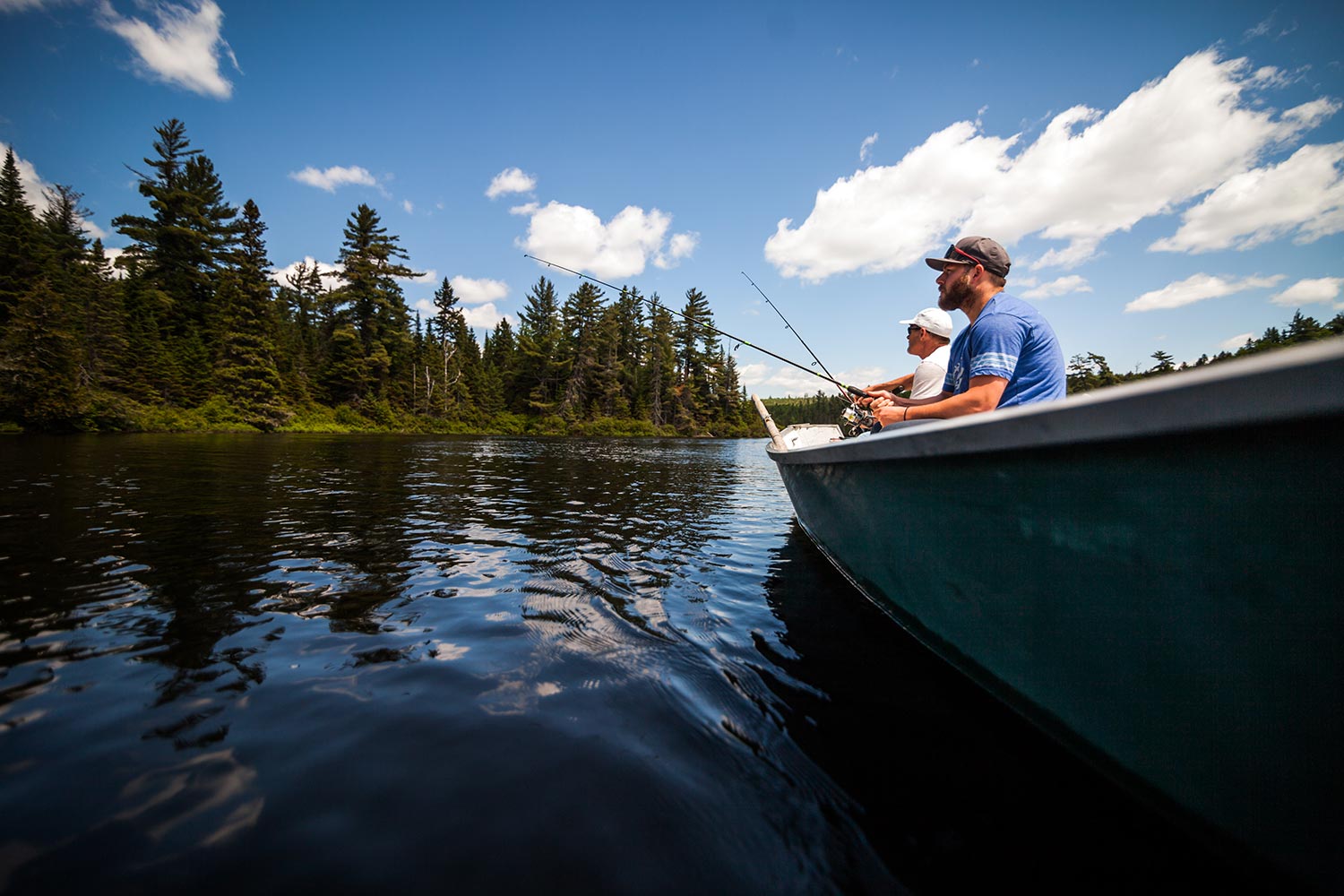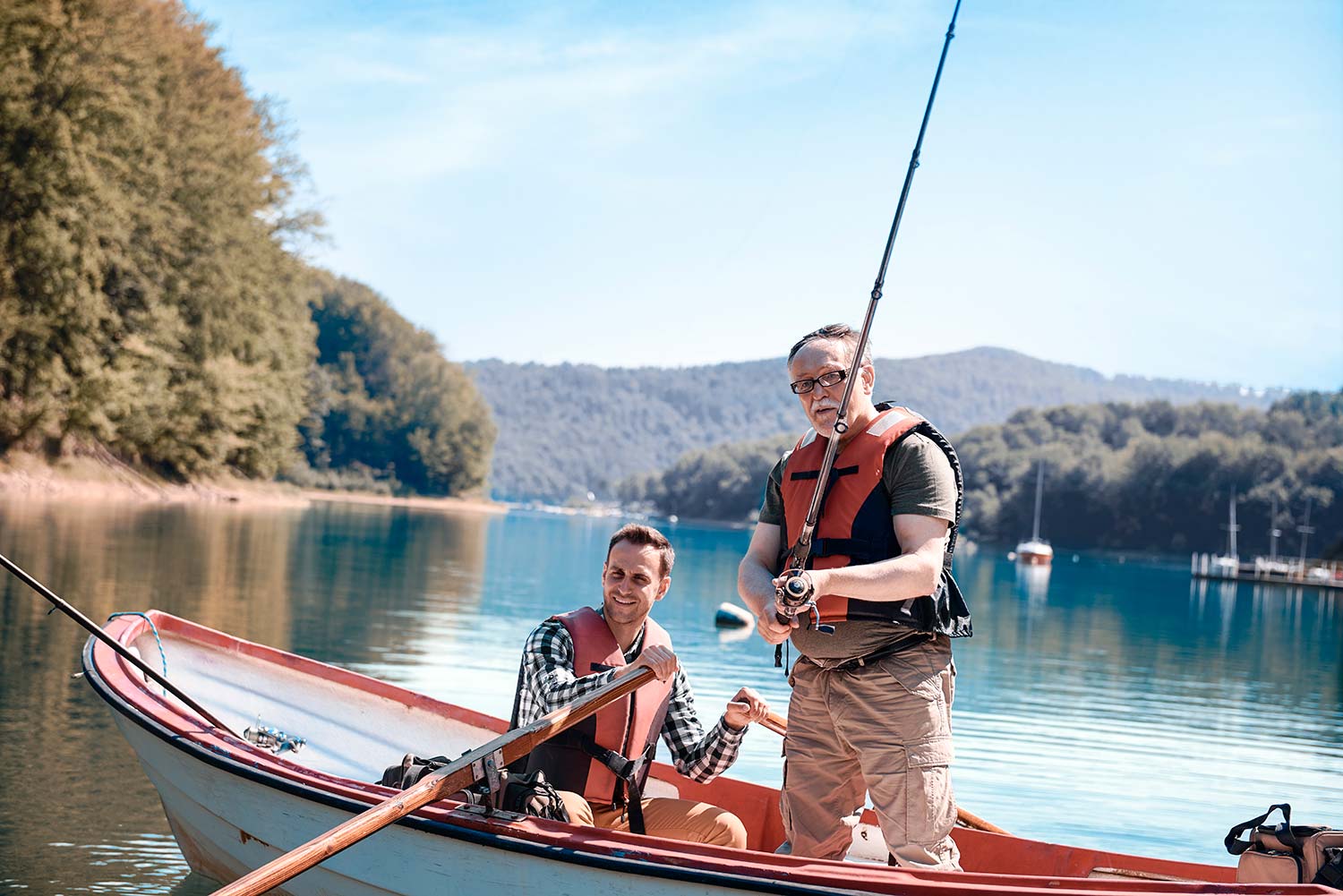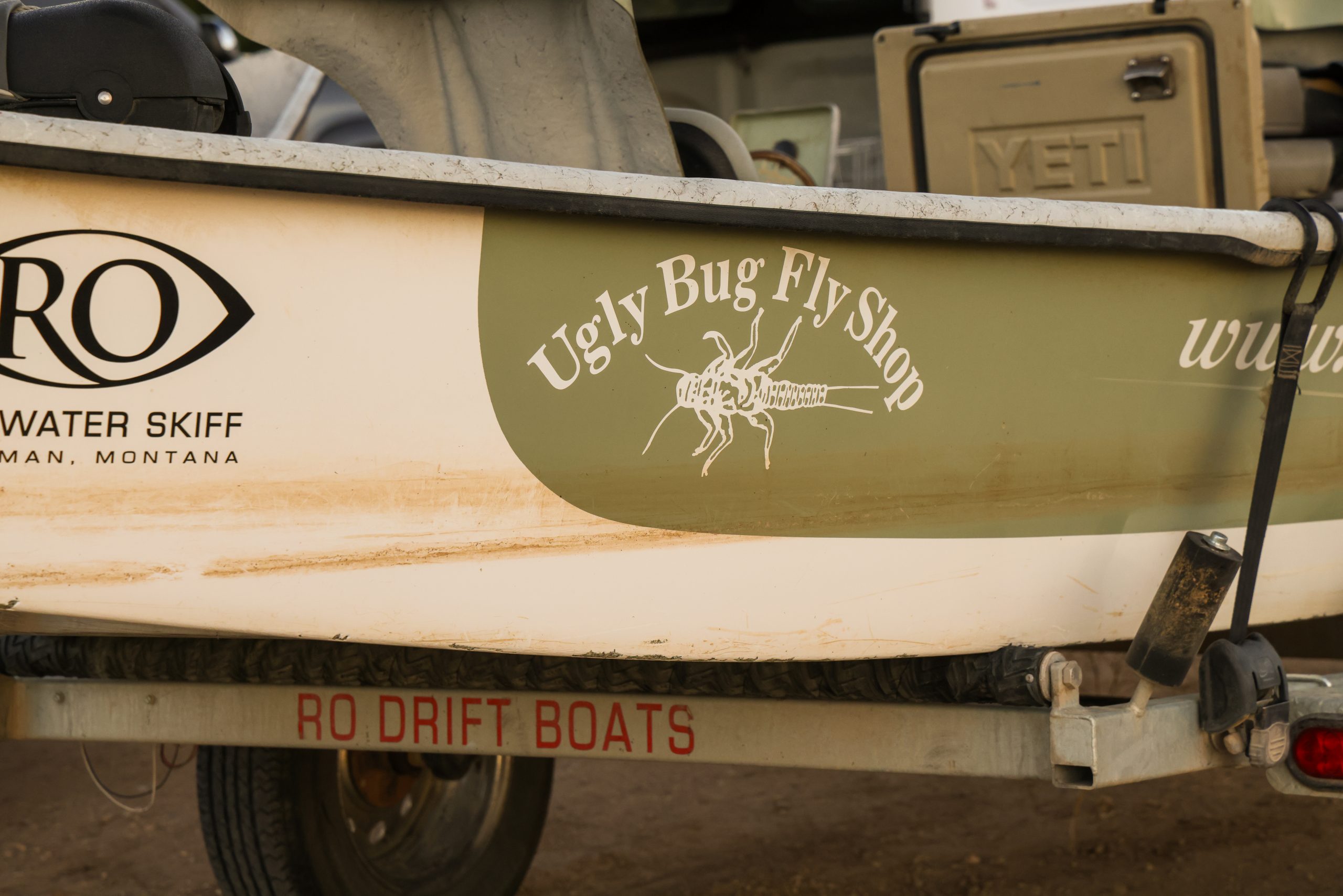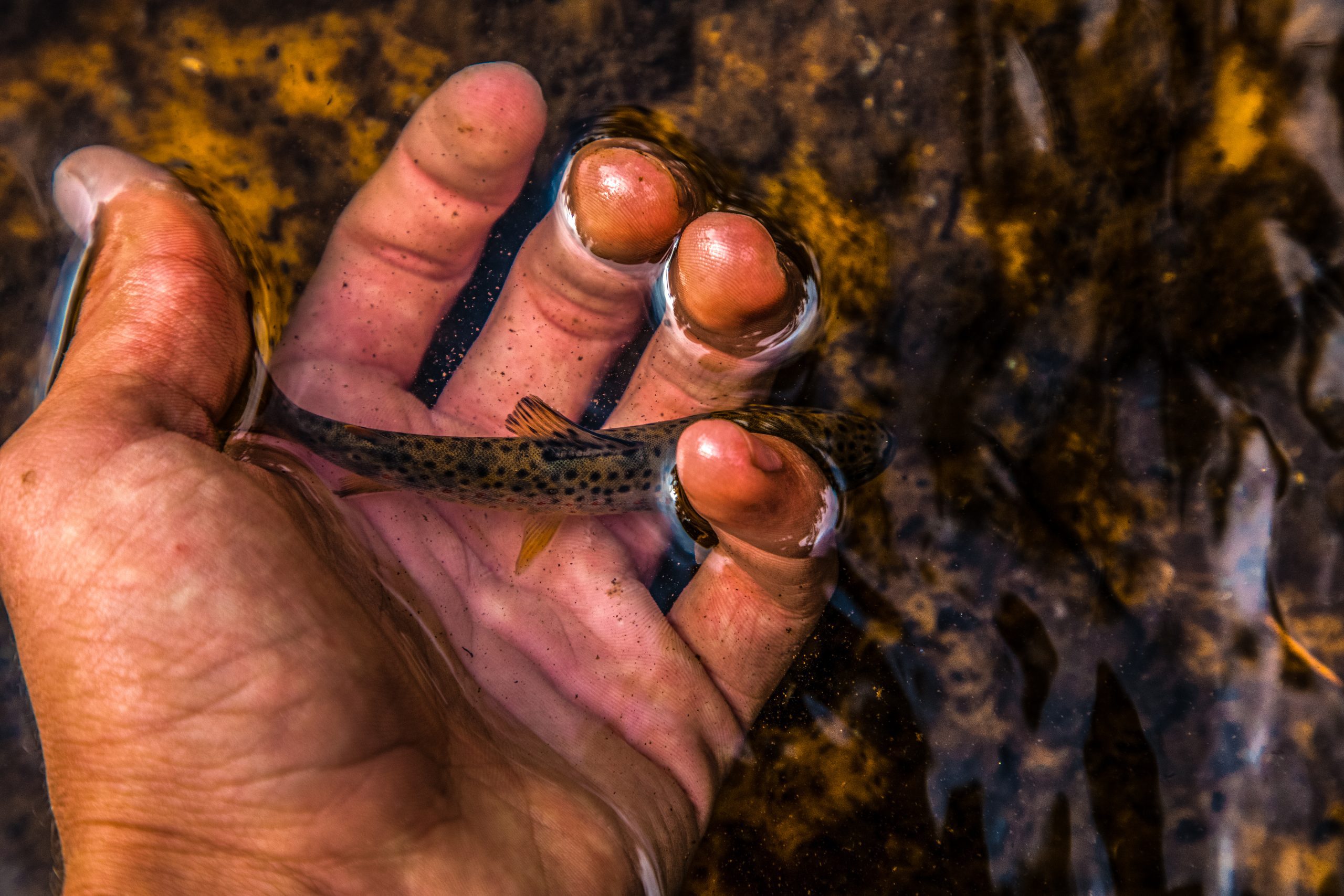As temperatures drop all but the most die-hard anglers begin hanging up their waders and stowing away their gear while searching for all their fur and feathers to reign in the tying season or “off season” as some would call it. But, there is a few who are becoming excited for this marvelous time to fish with small crowds and big numbers of fish. The differences between these two kinds of anglers is the die-hard has the right gear to stay warm and keeping fishing through the brutal Western winter.
Is winter fishing giving you the “cold shoulder”? “Cold Toes” is probably a better term, but one thing is certain, no one likes to fish when they are freezing. The trout are still in the river, and they are still eating, but when your toes and tips of your ears get that kind of numbness that turns into white-hot burning, a warm truck and a beer become infinitely more appealing than continuing to become a fisherman shaped ice sculpture. All of this can be at least mitigated by wearing the proper clothes, having the proper gear and most of all, being prepared…
The Clothes
Fishing in winter can be epic, but it can also be dangerous if you aren’t prepared for the cold and with any winter activities, two is one and one is none. You need extra gloves and socks and a change of warm, dry clothes in a dry bag or in the truck can mean the difference of a minor inconvenience or a trip to the E.R.
Let’s start from the ground up.
- Wader Boots
Bootfoot waders are ideal for winter fishing as they often provide a bit of extra insulation and you don’t have to fool with laces. If stocking-foot waders are your only option, go with boots that have enough room for lofty, warm, wool socks and more importantly, enough space left for proper blood circulation to the little piggies to help fend off frozen toe syndrome. Proper soles such as studs or AlumaTrax help insure stable footing and keep you from taking the Polar Plunge. **Avoid felt soles as they trap water and snow which freezes into giant ice blocks that make walking impossible.
- Waders
Waders should be durable enough to endure passing ice flows, but also breathable to let your body’s natural moisture escape so you stay dry, warm and happy. Your waders will also need enough room to allow extra layers, but no so much that there is extra dead space to suck heat away from your body.
- Socks
Remember the disappointment of getting socks for Christmas as a kid? Those days are over. Good socks are something to get excited about and are truly on of the keys to winter fishing. Socks should be 100% wool, or close to it which, in addition to a wicking sock liner, keeps your feet free of sweat and warm. The reason for wool as opposed to synthetics is that wool keeps insulating even when wet, where synthetics make you colder when they get wet. Socks should not be tight to your feet, this inhibits blood flow which suffocates your feet and causes them to get clammy and cold. Never wear so many socks that you do not have good blood flow to your feet. One pair of good quality socks will keep your feet warmer than five pairs of tight, synthetic socks. Bring a couple pairs, if your feet get wet from sweat or water, change them. There is few joys as great as a good pair of dry, warm socks on cold feet. Two is one and one is none.
- Base Layer
Base layers should be snug and made of a wicking material. This is one case where synthetic shines over wool. This layer is meant to carry your skin’s natural moisture away from your body, not to insulate. This will keep you drier and warmer in the long run.
- Insulation Layer
Back to natural materials on this layer or layers. The natural insulation properties of wool and the insulation and loft of down are almost unparalleled by synthetics. They do have their downsides though. Wool shrinks and takes forever to dry, while down loses loft and in some cases mats up, in addition to needing specials soap for washing and taking forever to dry. There is a reason animals are always grooming themselves, but there is also a reason humans harvest their fur and feathers to replicate what animals have been wearing since the dawn of creation– it works. With proper care wool and down will keep you warmer and will last longer than synthetics. Don’t be afraid to wear multiple insulating layers, just as long as you have room inside you waders and shell and the layers don’t interfere with your range of motion.
- Shell
A proper winter shell should have an adjustable hood, cuffs and an adjustable drawstring at the bottom to keep out wind and cold. Your shell should also be able to block the wind and should ALWAYS be waterproof.
- Gloves
Two is one and one is none. Bring a couple pairs of gloves, they get soaked all the time and you can’t land a fish if you can’t move your digits. Fingerless gloves are awesome for fishing and a good pair of mittens for the rest of the time will keep you hands and fingers nice and toasty. Most anglers do not like fishing with gloves, but keeping a couple pairs in a dry bag with your socks in you bag will keep you on the water longer and away from the doctor with a case of frostbite.
- Hat
Hats should be warm, as most of your heat escapes through your head. Hats should be wool, and should cover the ears. As the old adage goes: “a good hat will keep your toes warm”.
- Extras
Hand and toe warmers are not essential, but they make the cold a bit more bearable. They do not replace good layering. I carry a dry towel inside the chest of my waders for drying hands before re-gloving after landing a fish. I also stick a giant, hot, breakfast burrito with the towel for mid-trip snacking and some extra warmth.
The Gear
The flies and rods are the same, but making a few changes to the rest of your gear will make a difference.
- Rod Guides
Snake foot guides are preferable as the guide flexes with the rod, cracking thin ice off as you cast. A liberal application of Stanley’s Ice Off Paste will help mitigate the formation of ice (regular lip balm works fine as well), but once ice sets in, you will be fighting a battle until you go home for the night. Dunking the rod into the water, or putting the guides in your mouth will help remove some ice from the guides, but ensure you DO NOT get the reel in the water as a frozen reel does not turn.
- Lines
Your fly line will take a beating in winter due to abrasion from icy guides and nicking passing ice flows. Having a dedicated winter line, or using an old line may be a good idea.
- Floatant
If you will be fishing dry flies (seriously, midge fishing on top can be amazing in winter), make sure you keep your floatant close to your body to keep it from freezing up in the cold.
Get out there and enjoy some of the best fishing of the year! Stay warm ladies and gentlemen!
-Justin
Stop by Ugly Bug Fly Shop for any questions, stories or tips you may have for winter fishing. We also are well stocked in winter clothing to get you prepared for your icy winter adventures!
Quote of the day.
“Calling fishing a hobby is like calling brain surgery a job.”
-Paul Schullery

